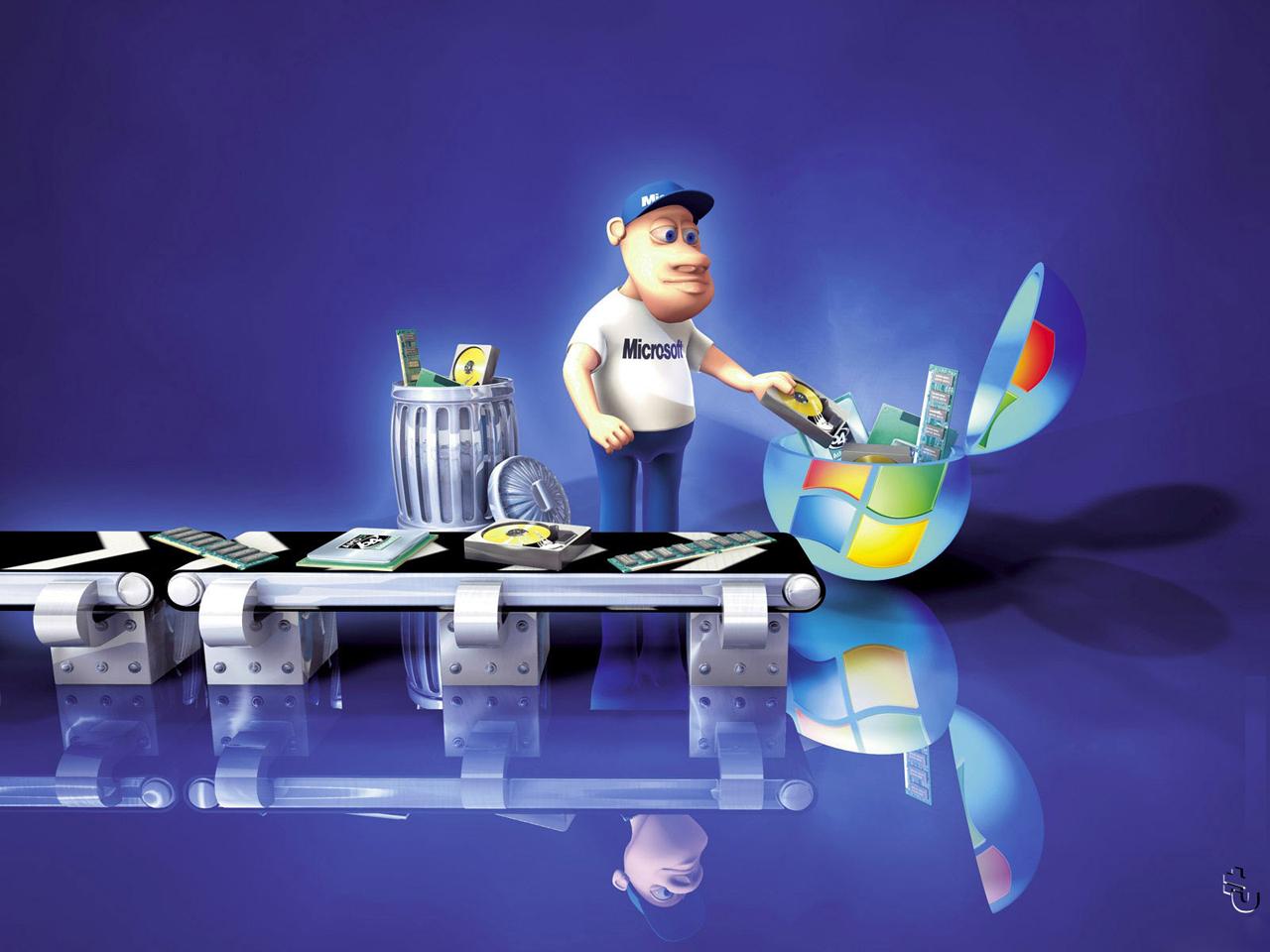Editor’s note: The Speed Read is a column authored by Google Cloud’s Quentin Hardy, examining important themes and hot topics in cloud computing. It previously existed as an email newsletter. Today, we’re thrilled to welcome it to its new home on the Cloud blog.
Some things in modern enterprise technology are a good deal harder to understand than they need to be. It is a great moment when we’re able to change that.
Take cloud services, for example. Microservices and service meshes are cloud technologies that will be important in your business life, and they are not all that strange. In fact, the mere concept of them should be familiar. They are really, really powerful as simplifiers that make innovation at scale possible.
Welcome to The Speed Read, “positive simplifier” edition.
As with many things in business, the secret to understanding these cloud computing technologies and techniques lies in establishing how their rise relates to supply and demand, the most fundamental elements of any market. With business technology, it’s also good to search for ways that an expensive and cumbersome process is being automated to hasten the delivery of value.
But what does this have to do with cloud services? At the first technology level, microservices are parts of a larger software application that can be decoupled from the whole and updated without having to break out and then redeploy the whole thing. Service meshes control how these parts interact, both with each other and other services. These complex tools exist with a single great business purpose in mind: to create reusable efficiency.
Think of each microservice as a tool from a toolbox. At one time, tools were custom made, and were used to custom make machines. For the most part, these machines were relatively simple, because they were single devices, no two alike, and that limited the building and the fixing of them.
Then with standardized measurement and industrial expansion, we got precision-made machine tools, capable of much more re-use and wider deployment. Those standardized machine tools were more complex than their predecessors. And they enabled a boom in standardized re-use, a simpler model overall.
The same goes with microservices–the piece parts are often more complex, but overall the process allows for standardized reuse through the management of service meshes. The “tool” in this case is software that carries out a function–doing online payments, say, or creating security verifications.
Extrapolating from this analogy, does the boom in microservices tell us that the computational equivalent of the Industrial Revolution is underway? Is this an indication of standardization that makes it vastly easier to create objects and experiences, revolutionizes cost models, and shifts industries and fortunes?
Without getting too grandiose about it, yeah.
You see it around you, in the creation of companies that come out of nowhere to invent and capture big markets, or in workforce transformations that allow work and product creation to be decoupled, much the way microservices are decouplings from larger applications. Since change is easier, you see it in the importance of data to determine how things are consumed, and in rapidly reconfiguring how things are made and what is offered.
Perhaps most important for readers like you is that you see it in the way businesses are re-evaluating how they apportion and manage work. Nothing weird about that; we do it all the time.
It is understandable how the complexity of tech generates anxiety among many of its most promising consumers. Typically a feature of business computing evolves from scarce and difficult knowledge. Its strength and utility makes it powerful, often faster than software developers can socialize it, or the general public can learn. Not that long ago, spreadsheets and email were weird too, for these reasons.
To move ahead, though, it’s important to recognize big, meaningful changes, and abstract their meaning into something logical and familiar. At a granular level, microservices may be complex, but their function is very straightforward: standardize in order to clear space for innovation.




